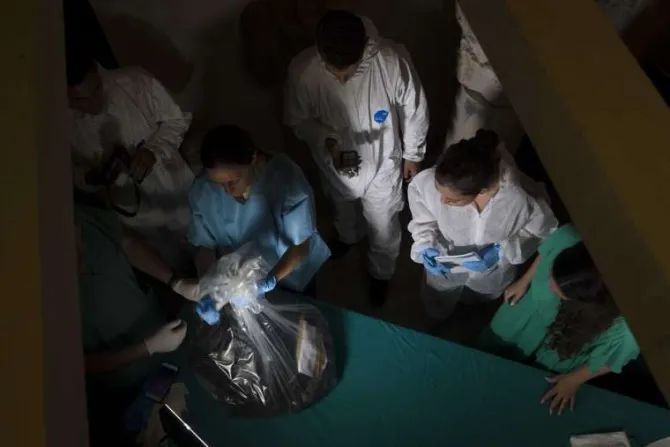Vatican City, Jul 29, 2019 / 04:01 am
The Vatican reported Sunday that bones discovered in previously hidden ossuaries pre-date the 20th century – and therefore cannot be the remains of a Vatican teen who went missing in the 1980s.
Hundreds of partially intact bones and thousands of bone fragments were studied by a forensic anthropologist and found to all date from before the end of the 19th century, the Holy See press office stated, adding that "this belies any connection with the painful disappearance of Emanuela Orlandi."
Some of the remains tested may belong to Princess Sophie von Hohenlohe and Duchess Charlotte Frederica of Mecklenburg-Schwerin, who both died in the mid-19th century. Others were found to have the characteristics of bones dating from ancient times and were not tested.
On July 11, the Vatican opened the noblewomen's tombs in cooperation with an investigation into the disappearance of 15-year-old Emanuela Orlandi in 1983. Orlandi was the daughter of an envoy of the Prefecture of the Pontifical House and a citizen of Vatican City State.



